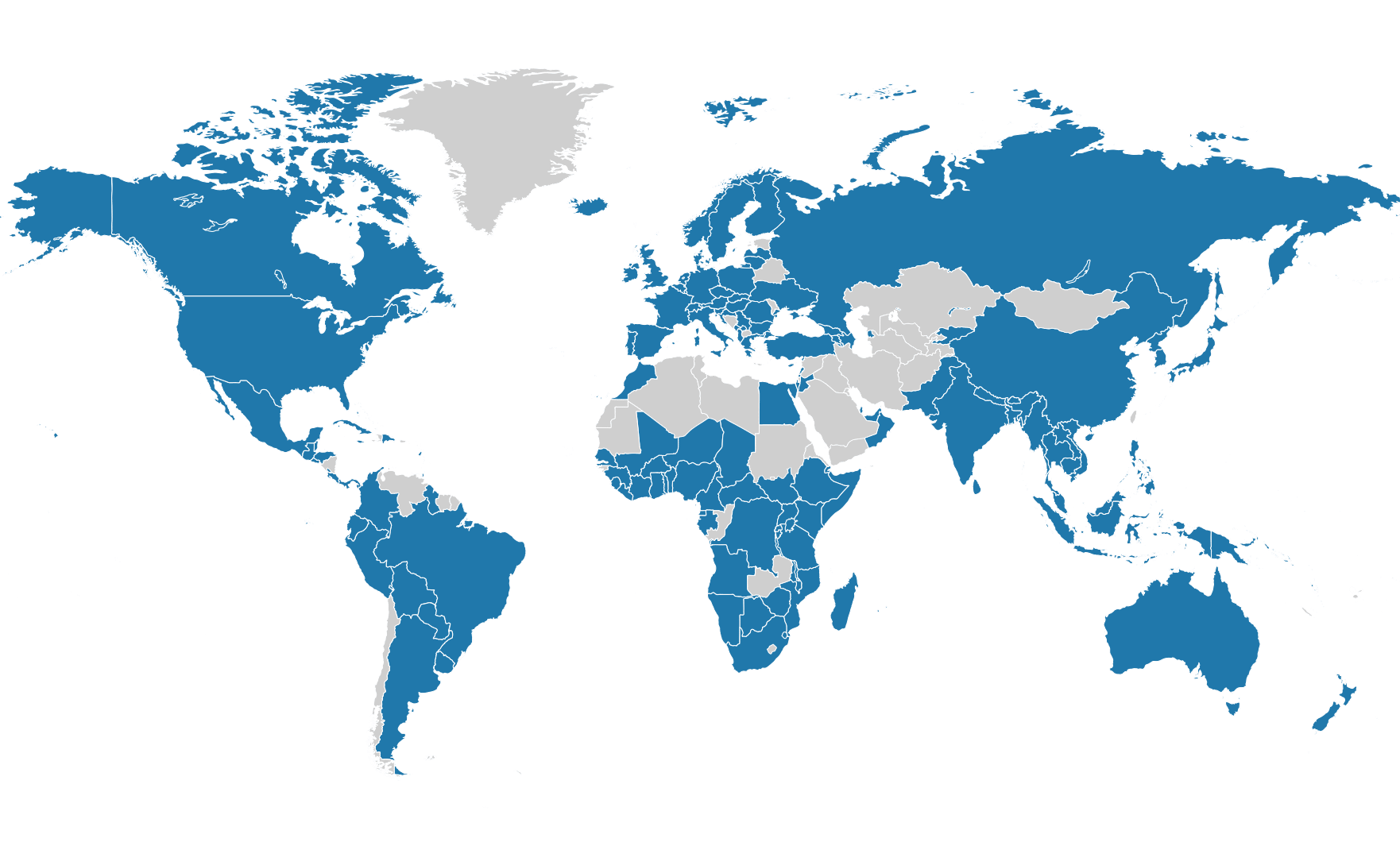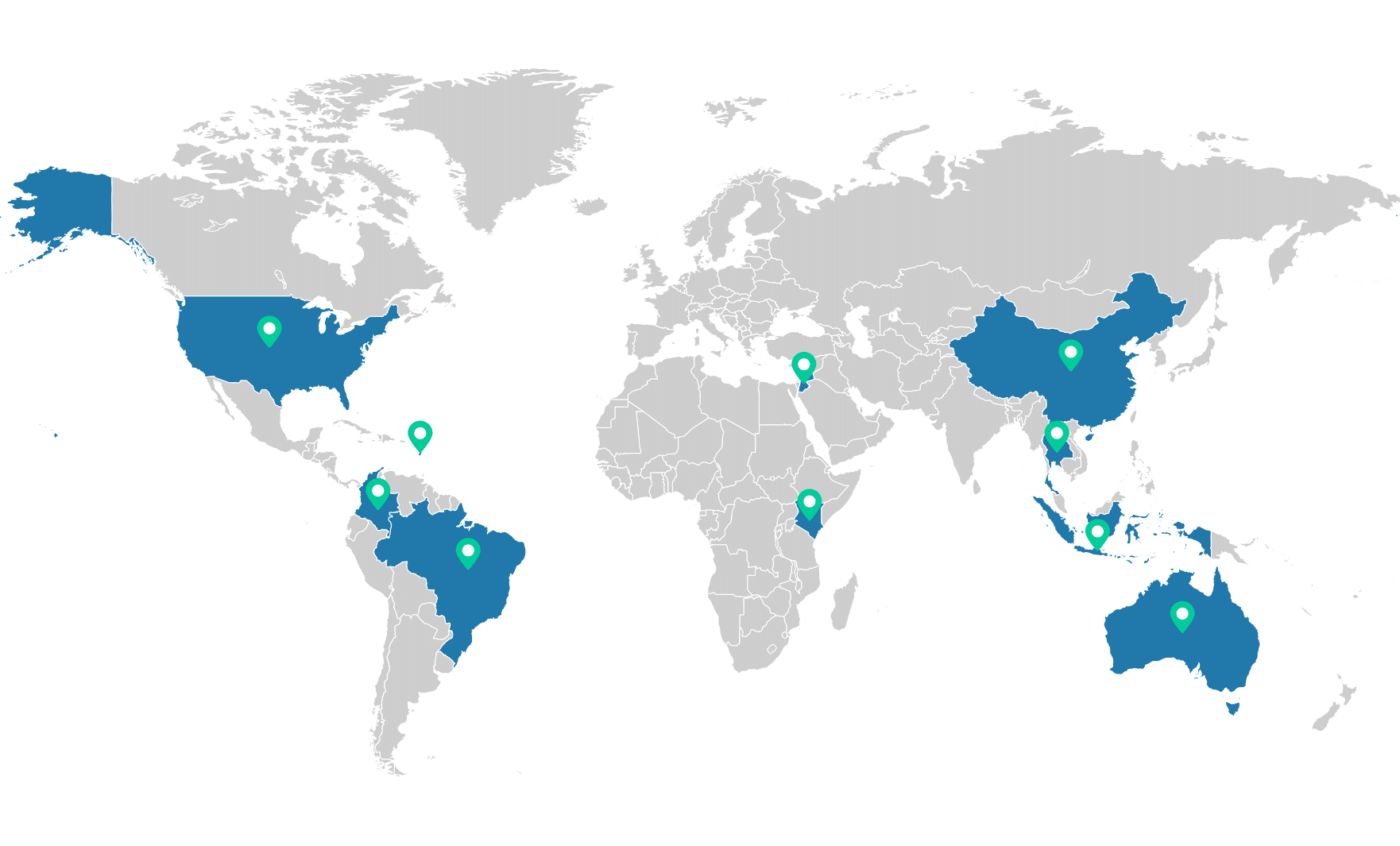Nature-based Solutions Policy Tracker
Using AI to track global policy that restores nature and climate
The Nature-based Solutions Policy Tracker maps key policies that support the implementation of Nature-based Solutions (NbS), interventions which use nature for climate action (for example reforestation and protecting mangroves). Using an automated search process, Metabolic, Arboretica, and Open Earth Foundation identified enabling policies and government budgets that mentioned NbS. The tracker will help stakeholders to learn from best practices, understand investment needs and opportunities, and improve the allocation of resources. The first iteration of the NbS Policy Tracker (2021) was launched by N4C at COP26, and the expansion of the Tracker was released in October 2022.
- Partner: Arboretica, Open Earth Foundation
- Client: Nature4Cimate (N4C)
- Date: October 2022
Scaling awareness, ambition, and implementation of Nature-based Solutions
Our response to climate change requires fundamental transformations across all sectors. Nature is a powerful ally. It is an asset for climate, biodiversity, and global health crises, and provides solutions that already exist. Nature-based Solutions (NbS) can help reduce emissions by 2030 by one-third, if investment also triples during this decade. Some countries are already taking action, but this needs to be scaled up. Governments can harness nature’s potential as a solution and develop enabling policies for long-term targets and pathways to facilitate the implementation of NbS.
Using Artificial Intelligence (AI) to collect and evaluate policies
We identified relevant national policies through automated web scraping and machine learning (AI), combined with manual validation. Using AI, each policy was then graded according to the six criteria that are proven to provide the best outcomes for NbS. We also mapped NbS-relevant targets found in 31 countries’ international nature and climate commitments (National Determined Contributions (NDC), National Adaptation Plan (NAP), and National Biodiversity Strategy and Adaptation Plan (NBSAP)) to see how countries are moving beyond commitments towards integrating NbS into action. Ten country case studies were identified to highlight inspiring examples for integrating NbS in policies and commitments.
A global database of enabling policies for Nature-based Solutions
The NbS Policy Tracker created a database which bridges an important climate policy tracking gap. It identifies NbS-enabling government initiatives, particularly budgets, legislation, and subsidies. The database now contains a total of 462 policies across 144 countries, of which 242 were added in 2022. The 2022 search was also refined to include policies in the French language, next to English. A thorough, manual policy analysis helped us to identify best practices and select 10 inspiring case studies. We found that the most common focus among the policies was natural forest management, reforestation and coastal restoration. Across the international commitments, NbS themes that were most commonly included were related to forests, sustainable agriculture, and conservation. Less frequently mentioned were links to peatlands, grasslands, and mangroves, despite their high potential for emissions reduction.








“What we wanted to do was take the science that everyone’s seen, and then look at the case studies that we know are happening on the ground. So this isn’t a debate about definitions. This isn’t a debate about whether we like the word nature-based solutions or natural climate solutions. It’s a debate about what’s actually happening, and it is happening on different levels. It’s about driving quality at scale and speeding it up because we’ve got until 2030. We need to do this right the first time. We haven’t got a chance to go back and do this twice.”
-James Lloyd, director of the Nature4Climate coalition
“The NbS Policy Tracker is just the tip of the iceberg in terms of what is possible. As the world faces unprecedented environmental challenges, it is increasingly important to include nature in our policy decisions, for both climate and biodiversity goals. With this tracker, our goal is to accumulate more and more examples of relevant government action, which can inspire and influence better decisions around the world.”
-Anne de Valenca, Agrifood & Biodiversity consultant and the project lead at Metabolic
Director
ANY QUESTIONS?
For more information about this project, please get in touch.





